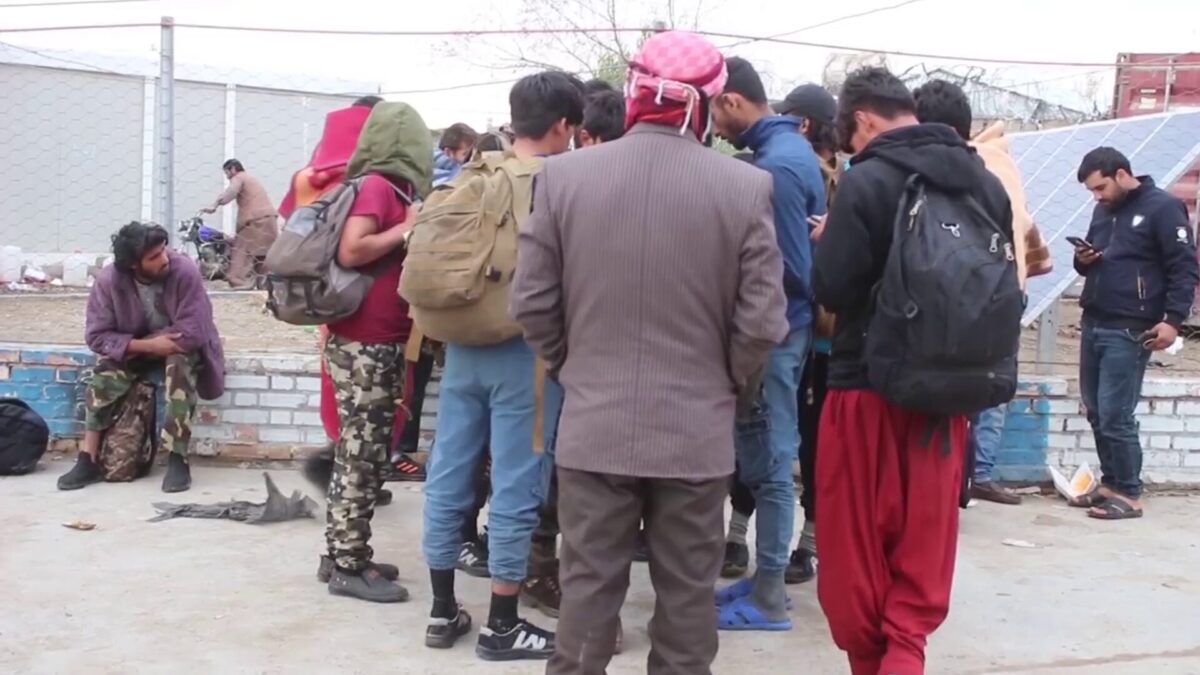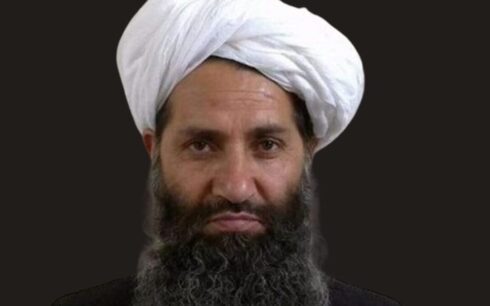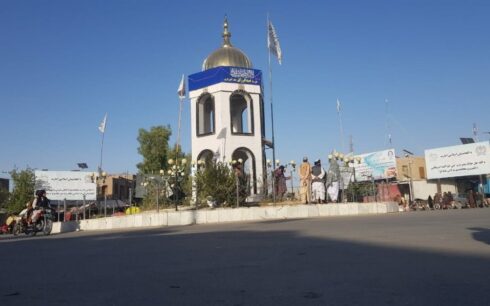Illegal migration remains a perilous and life-threatening ordeal for those who embark on such journeys, driven by a mix of desperation, poverty, and often false promises. Migrants traveling through unofficial channels face numerous dangers, from physical harm to emotional trauma, with many never making it to their destination. What, exactly, are the challenges and threats they encounter along the way?
Amu conducted interviews with 40 individuals across eight Afghan provinces who have braved the hazardous paths of illegal migration. The provinces surveyed included Parwan, Faryab, Daikundi, Bamiyan, Jawzjan, Paktia, Farah, and Kunduz. The overwhelming consensus from these interviews pointed to hunger, thirst, violence and the ever-present threat of death or disappearance as key challenges on these journeys.
Survival amid hunger and thirst
One of the most frequently mentioned challenges faced by migrants is the basic struggle for survival—namely, access to food and water. For those making the treacherous trek through deserts, mountains, and remote areas, hunger and dehydration are constant threats. Many described walking for days on end without access to clean water or food, pushing their bodies to the brink of collapse.
Khaybar, one of the migrants interviewed, shared his harrowing experience: “We walked for eight days straight. The roads were terrible, and the traffickers crammed us into small vehicles. For them, human lives meant nothing. There was no food, no water, and we walked endlessly without knowing if we would ever make it.”
For many, this physical toll was just the beginning of their ordeal. Several respondents noted that the traffickers showed little to no regard for their well-being, often packing dozens of people into cramped vehicles, without food or water for long stretches of time. Migrants described being treated more like cargo than human beings.
The threat of arrest and violence
Beyond the immediate threats of hunger and thirst, migrants are also acutely aware of the risks of arrest and detention. As they pass through multiple borders and regions, they are often at the mercy of border guards, police forces, and other armed groups. The fear of being detained—and the violent repercussions that may follow—haunts them throughout their journey.
One migrant, Behzad, recalled how border police and smugglers alike preyed on migrants: “They took my money by force, didn’t give us food, and constantly threatened us. Some shelters provided food, but many didn’t. When we were handed over to Iranian traffickers, they treated us with unimaginable cruelty.”
The threat of violence comes not only from traffickers but also from local law enforcement. Another interviewee, Qand Agha, who had crossed the Iranian border multiple times, recounted a particularly brutal incident: “I’ve been smuggled into Iran six times, and I’ve been deported multiple times. Once, the Iranian police caught me, and they poured acid on my eyes, which permanently damaged my vision.”
Many others echoed similar experiences of abuse at the hands of police and border guards. One common theme was the sense of powerlessness migrants felt—caught between ruthless traffickers and hostile law enforcement, with no legal or institutional support to protect them.
Torture, humiliation and exploitation
Migrants on illegal routes also endure verbal and physical abuse, often facing severe humiliation. Beatings, insults, and extortion were widely reported by those interviewed, both from traffickers and authorities. This violence only adds to the psychological toll of the already grueling journey.
Murad, another migrant who survived the dangerous journey, shared his experience: “When I showed my refugee card to the migration camp, they said it didn’t matter. They told me if I was caught again, I’d be deported with my family. They insulted us repeatedly, calling us names like ‘dirty Afghan.’ We don’t need to go to Iran or Turkey. Our country has everything, but we’re forced to leave because we have no opportunities here.”
Even upon reaching their destination, the abuse often continues. Jamil, who worked illegally in Iran, explained: “We worked for Iranians for months, but when the month was over, they refused to pay us. We couldn’t argue with them because we were undocumented. If we spoke up, they would call the police to arrest us.”
The risk of death and disappearance
Perhaps the most frightening risk facing migrants is the constant threat of death. Many spoke of watching fellow migrants die along the way—whether from dehydration, violence, or accidents during the dangerous journey. In some cases, migrants simply disappeared without a trace.
Zaki, another survivor of illegal migration, recalled a particularly traumatic incident: “I wouldn’t encourage anyone to migrate illegally. I’ve seen too much suffering. I was walking with a man, and he was begging for water. He collapsed in front of me and died. Another person was shot by border guards right in front of us. The cruelty we witnessed is beyond words.”
The psychological toll of such events is immeasurable. Migrants who survive the journey are often left with lasting trauma, haunted by the memories of friends and strangers who didn’t make it.
The role of human traffickers
Throughout the journey, human traffickers play a central—and often sinister—role. Migrants described being treated as commodities, shuttled between different traffickers and subjected to violence, extortion, and neglect. For traffickers, the well-being of the migrants is secondary to their financial gain.
Hamid, another migrant, shared his experience with traffickers: “We went to Nimroz, and the trafficker promised us a safe journey. He reassured us everything would be fine. But once we were on the road, they handed us over to another trafficker, and then another. We were moved from one group to the next like we were objects. There were so many problems along the way—car accidents, people getting killed or injured. It was a nightmare.”
In many cases, the traffickers abandon migrants at critical points in the journey, leaving them stranded in remote, dangerous areas without food, water, or protection. The interviews revealed that traffickers often exaggerate the ease and safety of the journey to lure people into their networks, only for the migrants to discover the harsh reality once they are en route.
Mental and emotional toll
Beyond the physical dangers, the psychological impact of illegal migration is profound. Many migrants spoke of enduring constant fear, anxiety, and depression. Some described being haunted by the memories of those who died or disappeared during the journey, while others spoke of the mental toll of being treated as less than human.
One of the interviewees, Ghulam, described how the constant uncertainty and fear eroded his mental health: “Every day, I thought about whether I would survive or die. I saw people disappear, never to be seen again. The fear was overwhelming.”
For many, the journey itself was a traumatic experience that left lasting emotional scars. Some spoke of developing anxiety, depression, and post-traumatic stress disorder (PTSD) after surviving the dangerous journey.
A call for awareness and caution
The overwhelming message from the migrants interviewed was clear: illegal migration is fraught with danger, and those considering the journey should think twice before embarking on such a perilous path. Many urged others to avoid the route, warning that the risks far outweigh the potential benefits.
Zaki, who had survived several migration attempts, expressed his concern for others: “I’ve been through so much hardship, and I don’t want anyone else to go through the same. The smugglers don’t care about us—they only care about money. I’ve seen people die right in front of me. Please, don’t take this path.”
Despite these warnings, the economic desperation faced by many Afghans continues to drive people toward illegal migration. Poverty, unemployment, and a lack of opportunities have left many with few alternatives but to risk their lives on dangerous journeys in search of a better future.
The continuing cycle of human trafficking
Despite the obvious risks and horrors of illegal migration, human trafficking networks continue to thrive. According to the findings of Amu’s research, widespread poverty and unemployment have created fertile ground for traffickers to exploit. Many of those interviewed felt they had no choice but to turn to traffickers as a last resort.
For those who survive, the journey may end, but the challenges often persist. Migrants who arrive in foreign countries frequently face new struggles, from exploitation in the workplace to arrest and deportation. And for those who are forced to return, they often come back with nothing but the trauma of their journey, only to find the same desperate conditions that pushed them to migrate in the first place.
As long as poverty and unemployment persist, and as long as traffickers continue to operate with impunity, the cycle of illegal migration will likely continue—drawing more people into a perilous journey with no guaranteed return.





